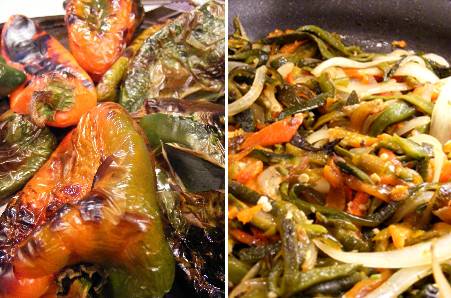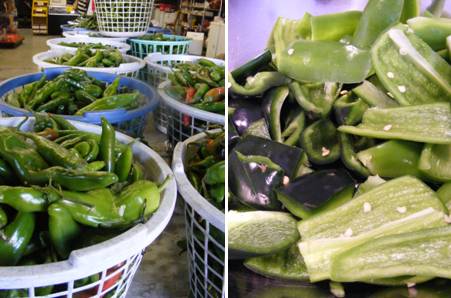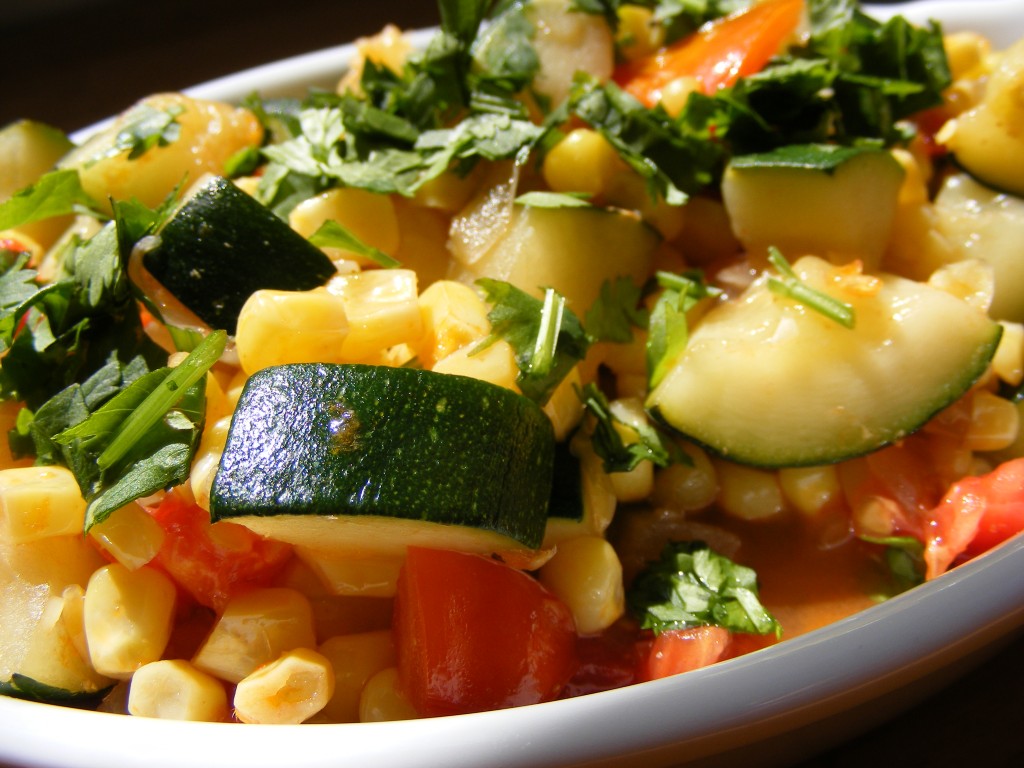Cabbage: Beef & Cabbage Soup – Caldo de Res
Wednesday, November 18th, 2009There are certain dishes that make me nostalgic for childhood.
You know what I’m talking about. A smell or taste that conjures vivid memories of comfort – when life was more simple and childhood dramas were easily soothed by your momma or daddy’s home-made goodies. Like, a bandage and a kiss or hug, but you could eat it. For me, these cabbage recipes have been just that: the yeasty smell of my mom’s cabbage burgers baking, warming the house and our tummies on a cold day; and, this beef and cabbage soup from my abuela Juarez.
Grandma Juarez is no longer with us. And, I’m sure, I’m not the only one of the 37 grandkids and 46 great-grandchildren who thinks of her when I eat this soup. I remember several a Sunday afternoon visit and her never-empty pot of soup simmering in her little kitchen. Somehow it managed to feed whomever stopped by that day. That, and tortillas de harina (flour tortillas), but that’s another recipe and story.
Caldo de res is comfort soup, perfect for a dreary day or cool night. Tender bites of roast simmered in a beefy broth with winter vegetables – onion, cabbage, potatoes and carrots. It’s a standard in Mexican households and restaurants, although the ingredients may vary slightly – some adding chayote or zucchini.
The recipe below is adapted from my abuela’s recipe (I use a whole head of cabbage and more veggies, and brown the roast first). It also contains her rumoured “secret” ingredient (which, now, is no longer secret), hierba buena, spearmint used in Mexican teas and cooking. It adds a special, fresh dimension to this soothing broth.
For those who’ve never tried caldo de res, if you like Vietnamese pho, which also has a tasty beef broth, you’ll want to try this soup.
Tidbits on Cabbage:
- When shopping for cabbage, look for one with a shiny, crisp exterior. It should also feel solid and compact. Avoid buying those that look wilted, brown or dried-out.
- Don’t wash cabbage until you are ready to use it. Cabbage can be rinsed after cutting or chopping, drain well.
- Boiling cabbage tenderizes the leaves, causing it to release sugar and the characteristic cabbage aroma.








